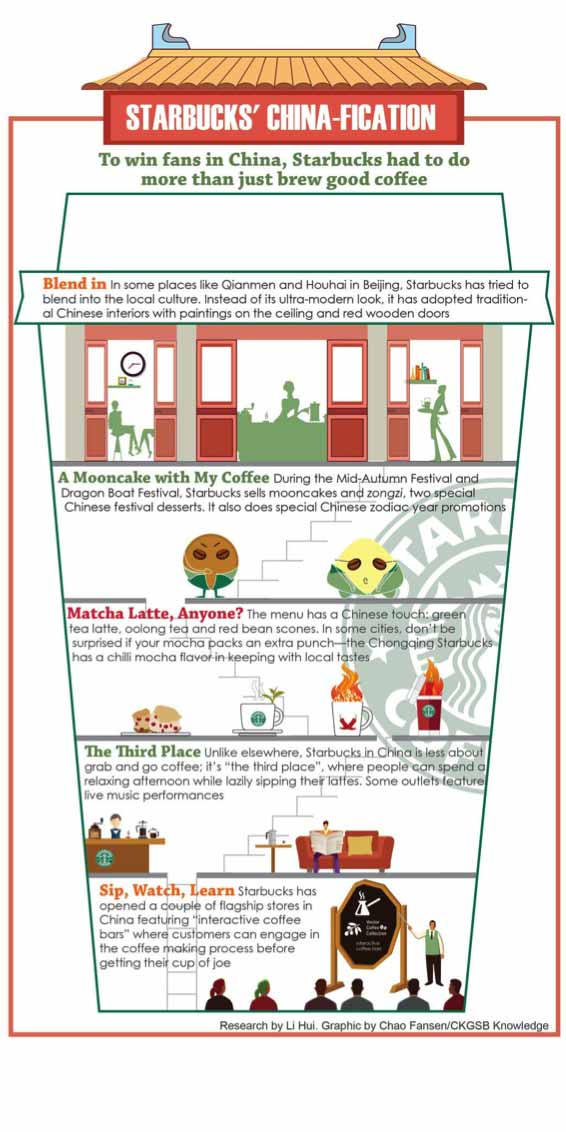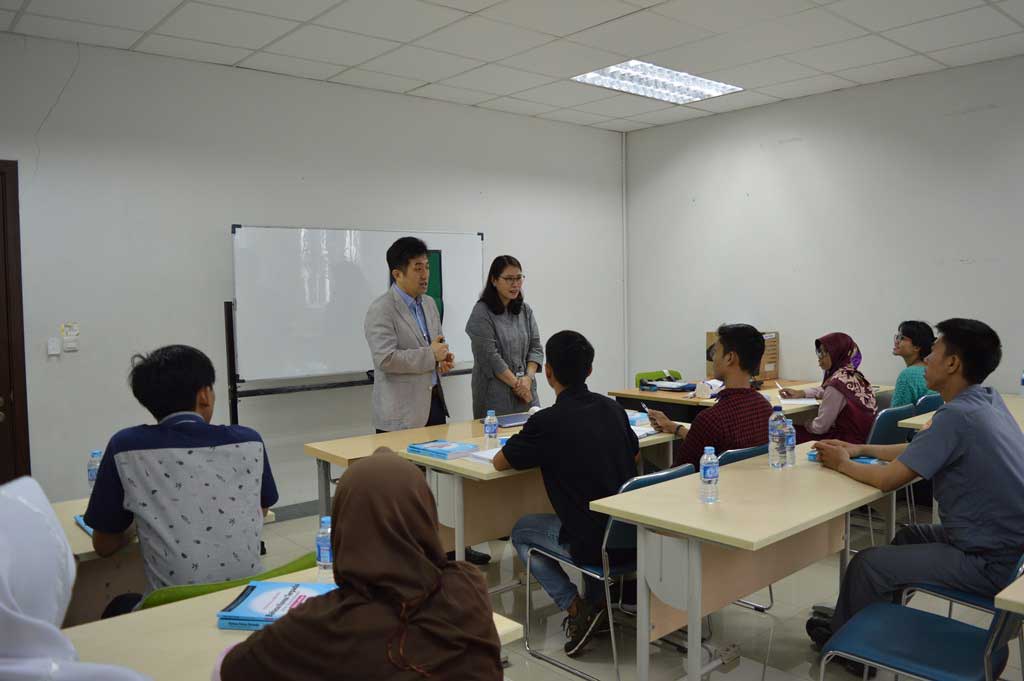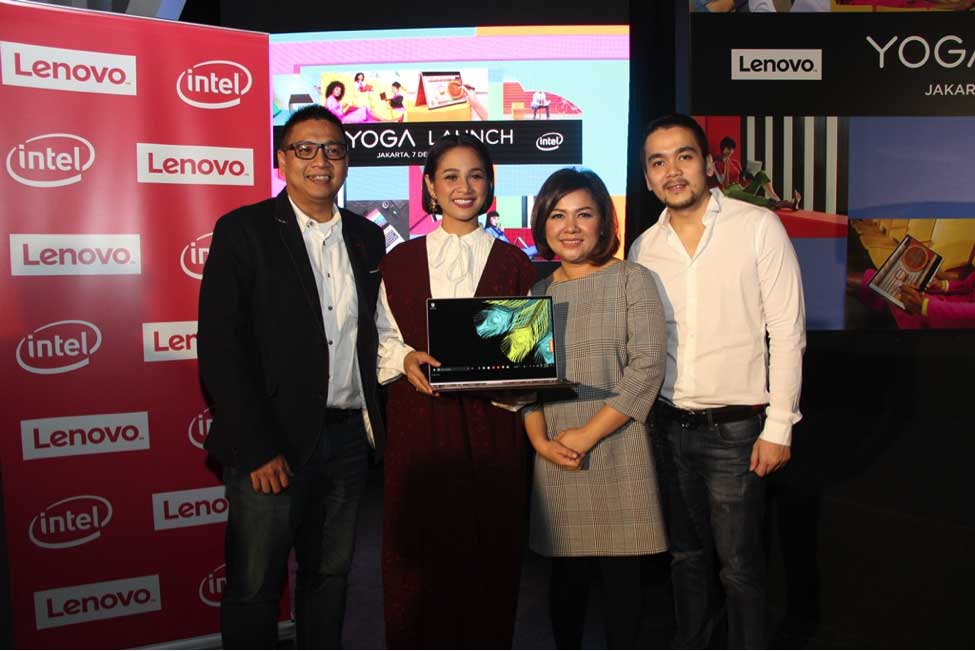By: Shiva Vinneza – PR Consultant of Fortune PR
Learn from Starbucks’ huge success in China, a country with five thousand years history of tea drinking.
As we all know, Starbucks main products are coffee beverages. Meanwhile, China has a strong tea culture. Based on a study conducted by the World Tea News, China consumed about 1812 metric tons (MT) of tea in 2015. But surprisingly, Starbucks has successfully opened more stores in China. In fact, Starbucks has grown from 400 stores to 2300 stores in China in the last five years. By 2021, the company plans to have 5000 locations in the country.
Starbucks’ ability to address the changing markets is honed by effective and ongoing market research. Establishing and maintaining a global Starbucks brand does not mean having a global platform or uniform global products. Starbucks marketing strategy in China was based on customization in response to diverse Chinese consumer target segmentation. So how does Starbucks manage to succeed in the Chinese market? These are their 5 key strategies:
Starbucks Think Differently
Chinese people have a strong tea drinking tradition. That is why many people were skeptical at first that Starbucks can break through ‘The Chinese Great Wall’. Although with all the skepticism going around, Starbucks continued their mission to get into the Chinese market. Starbucks starts by studying the Chinese middle class and tried to introduce the Western coffee experience where people could meet with their friends while drinking their favorite beverages. Starbucks introduced the trend that drinking coffee after having a meal is much better for your digestion. Starbucks has successfully changed the Chinese perception of drinking coffee.
Becoming a Global Brand
As a multi-national global brand, Starbucks realized that they had to maintain their integrity and reputation for their products and services. In China, Starbucks created a menu of beverages and food that is specially tailored to Chinese consumers such as matcha latte, various tea blend beverages, and the famous moon cake. After it got successful, the company did an extensive consumer taste profile analysis, and later created a concept that managed to blend the “East” and the “West”. This is an effective way of giving choices from a wide variety of beverages for the Chinese. Moreover, to establish a strong brand awareness in China, Starbucks rely on local employees. The Chinese employees will become the brand ambassador to attract local Chinese consumers. That way, it will be easier to deliver the “Starbucks Experience” to local customers.
Long-Term Commitments
Starbucks is committed to building and maintaining the “Starbucks Experience” for their local Chinese customers. They trained employees to always give cheerful greetings to customers. This set Starbucks apart from their competitors. This act will gain their customers’ loyalty. It takes a long time to gain loyalty. You need to be patient and always keep your standards high.
Good Brand Positioning
When Starbucks first entered the Chinese market, they didn’t use any advertisement to promote their brand. They intentionally focused on selecting store locations with high-traffic and high-visibility to create its brand image. When introducing their brand to the Chinese customers, Starbucks included a popular local ingredient such as the green tea to effectively turned potential obstacles into Starbucks favor. Starbucks key strategy was to provide customers with an exceptional experience. Other than that, Starbucks created a strong appeal aim to younger generations who fantasize about Western coffee culture and modern lifestyle. They decorated their stores with a chic-style interior, comfortable chairs, and upbeat music to attract customers. In China, Starbucks’ managed to become a cool and trendy place.
Partnering with the Locals
Lastly, Starbucks partnered with three regional players as a part of their expansion plan. China is not a homogeneous market. The culture and practice in the northern part of China are very different with the Eastern part of China. Starbucks needed help to gain insights and preferences of the heterogeneous local market. Starbucks then partnered with three regional partners, there are Beijing Mei Da coffee company, Hong Kong-based Maxim’s Caterers, and Taiwan-based Uni-President. Working with the right partners can be an effective way to reach local customers and expand quickly.

image source : http://knowledge.ckgsb.edu.cn/2015/06/11/china-business-strategy/starbucks-in-china-a-matcha-latte-and-mooncakes-please/










Leave a Reply